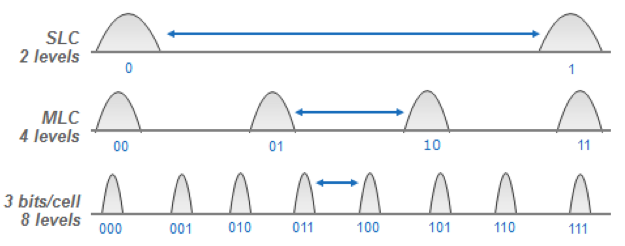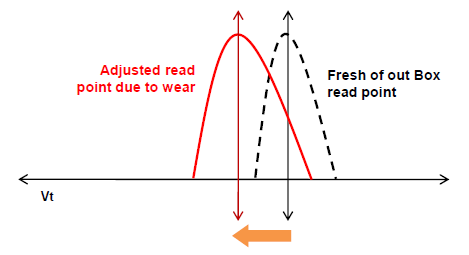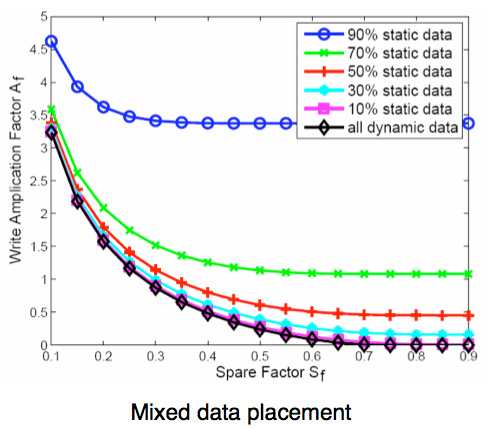Kirby64
Member
TRIM does not work when formatted with Fat32 and tesla computer anyways, so you won't get good wear leveling with an SSD in a tesla vs a PC anyways. That said I still went with T5 SSD. They are not expensive enough to worry about.
TRIM doesn't matter on an SSD/flash drive used the way they're used for Dashcam/Sentry modes. TRIM just pre-clears blocks of data that are marked as erased, which is only helpful if you have a drive that isn't completely full all the time and is used in a non-consistent manner. Since a drive used for dashcams should be close to 100% full all the time, there's literally no point to TRIM. This also means that theoretically, you should have relatively even wear on the entire SSD, since you'll be circularly writing to every single block on the drive. It's not quite that simple since SSD controllers do some weird magic behind the scenes... but it's probably pretty close to that.






